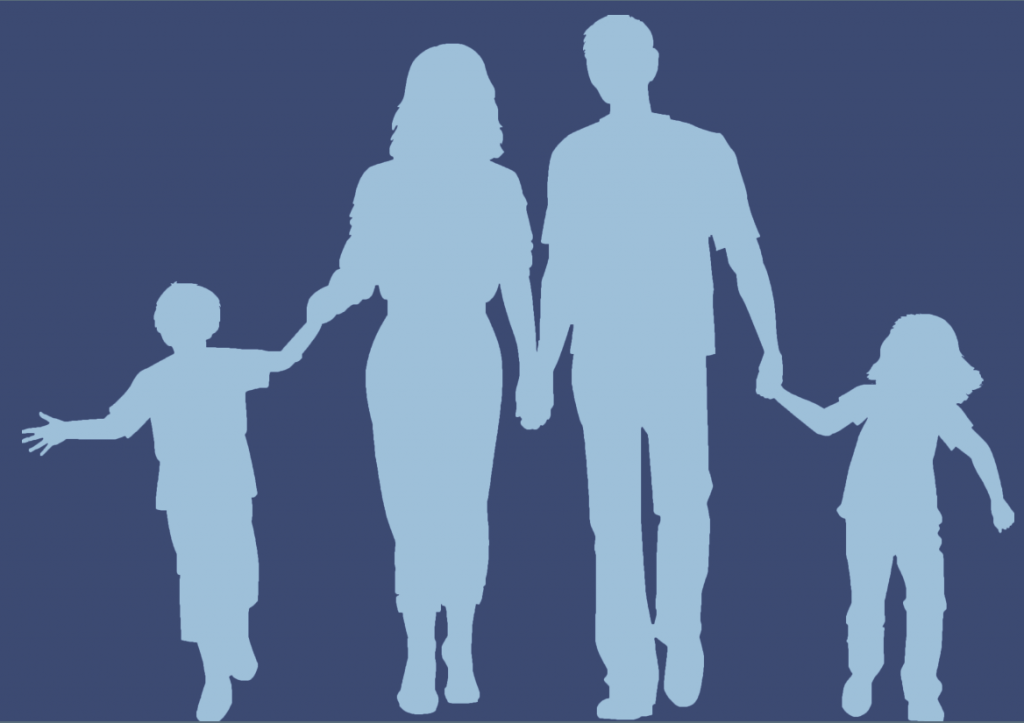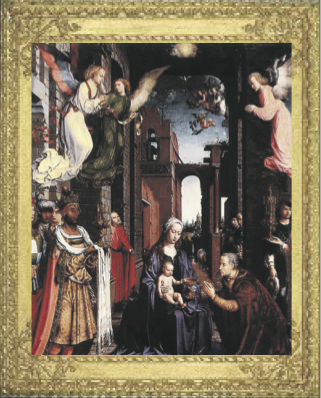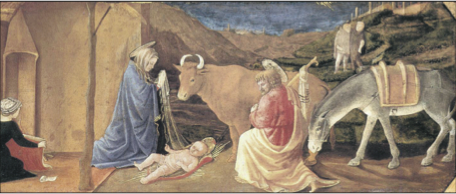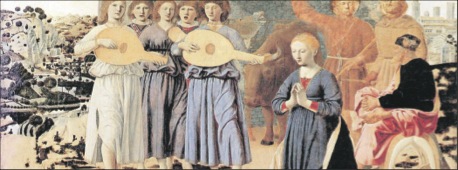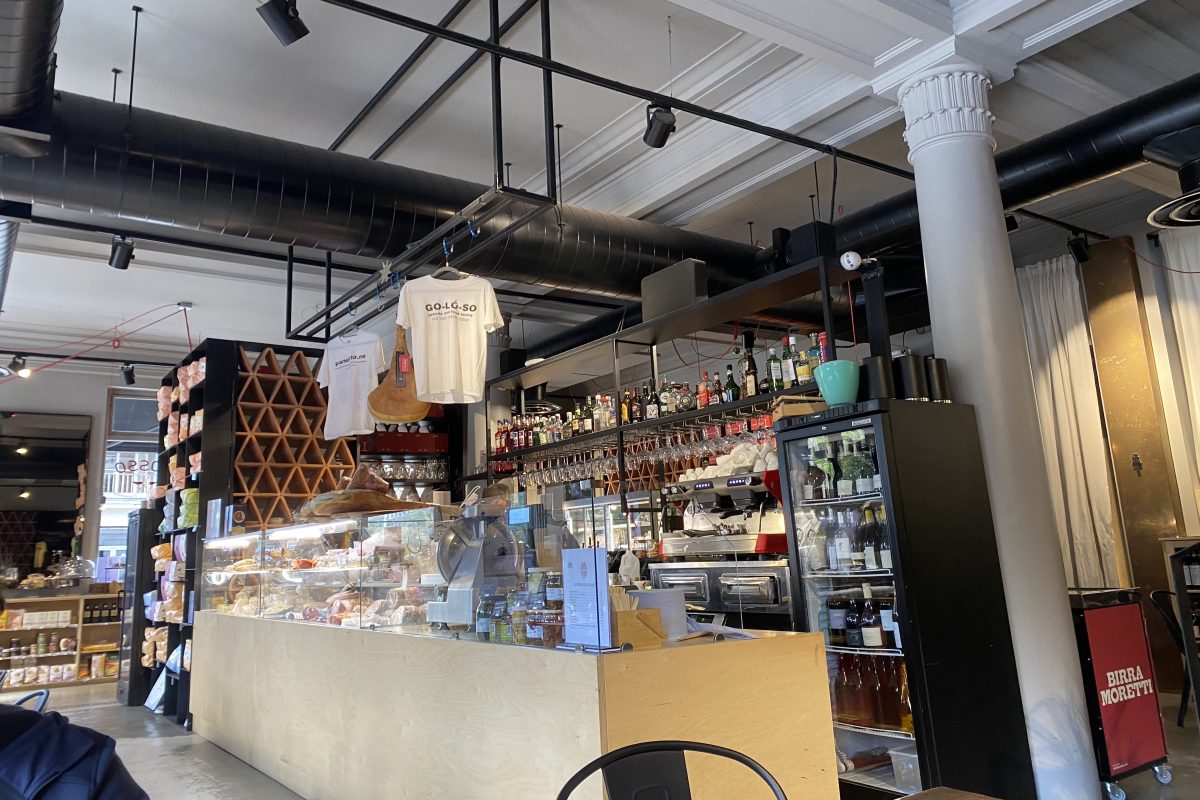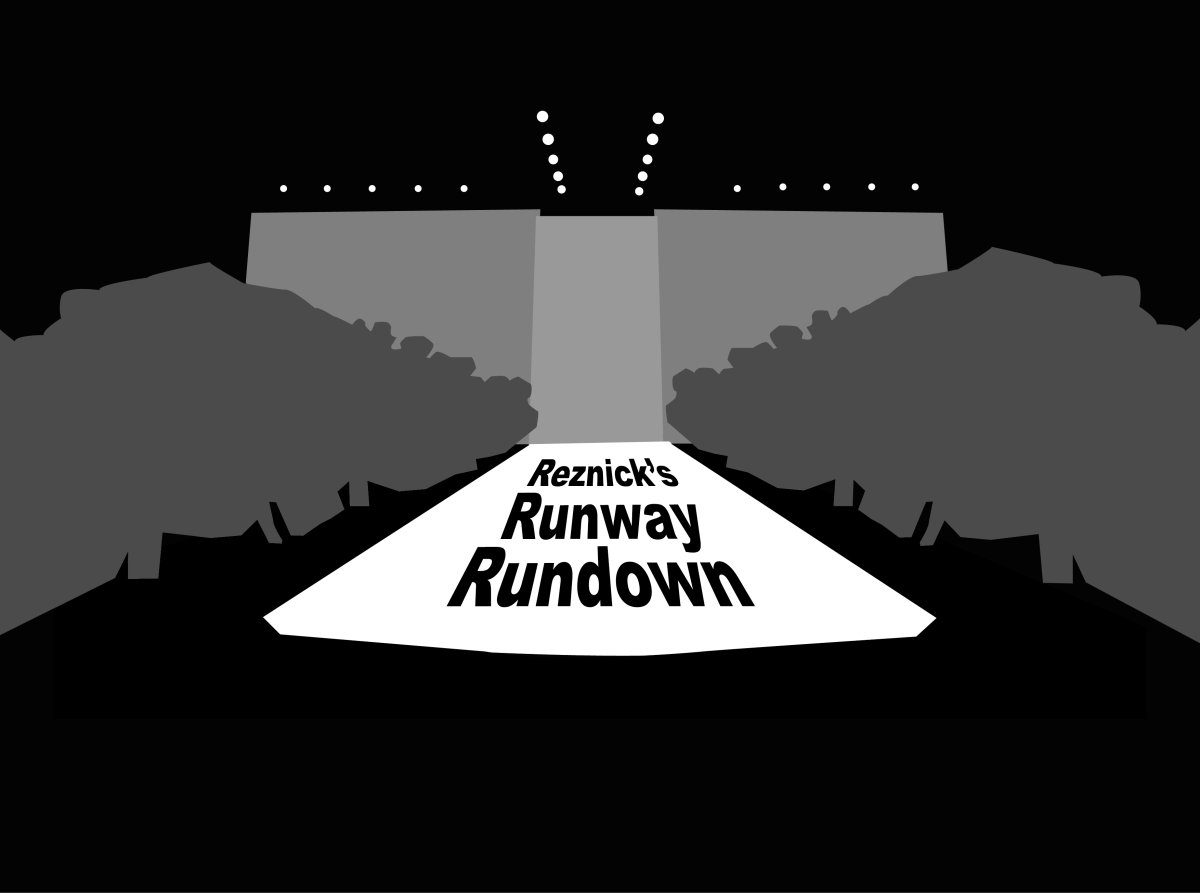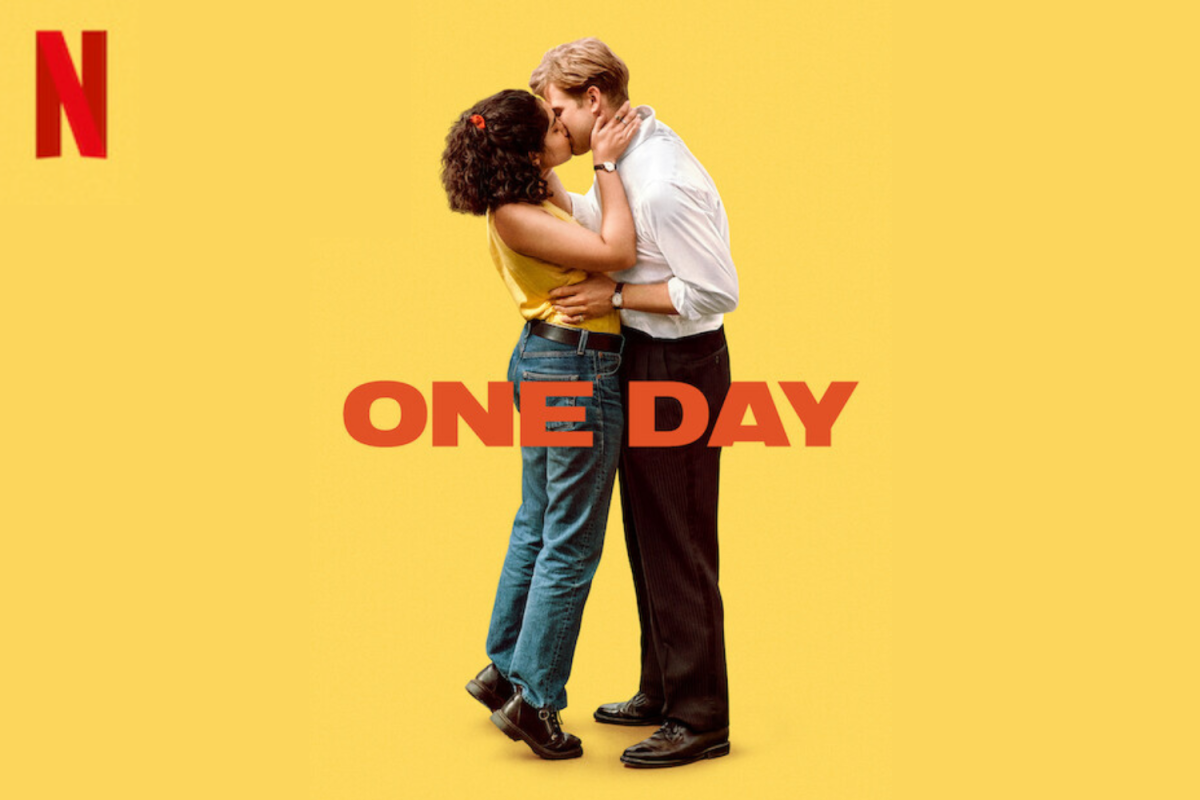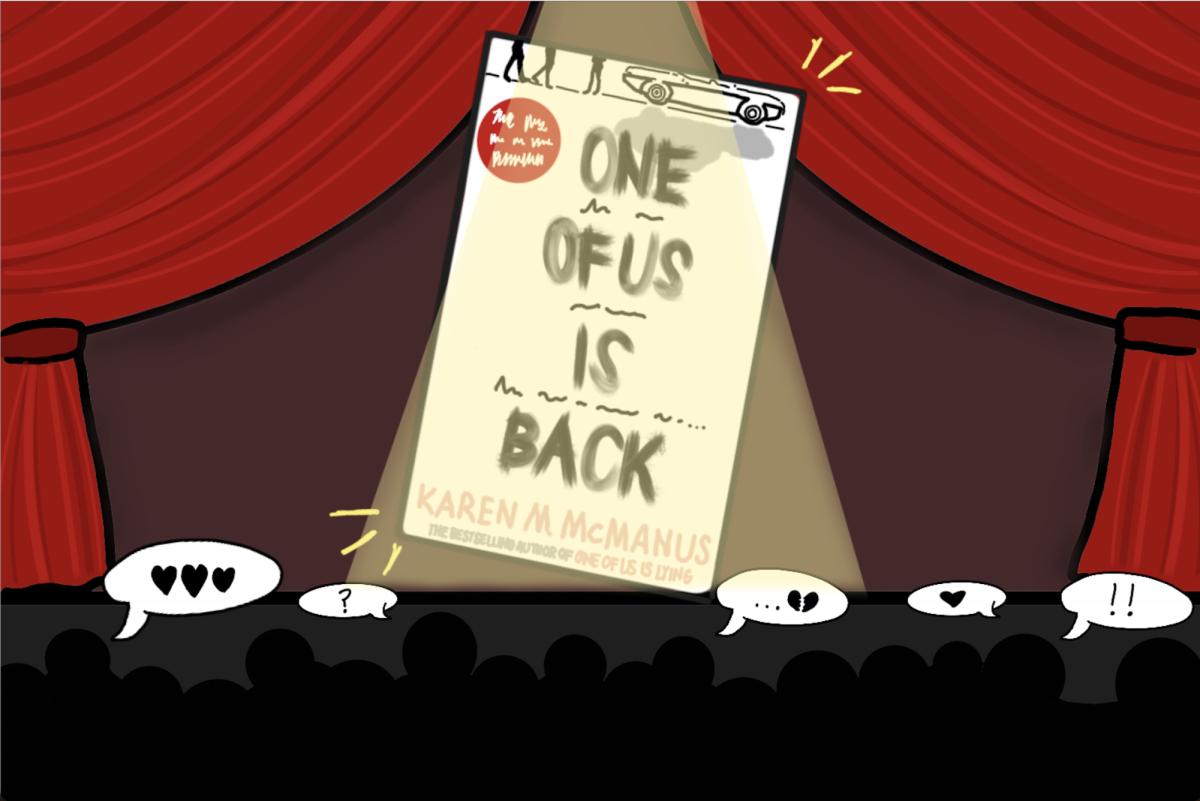In room 63 in the National Gallery, a glowing baby Jesus is surrounded by his adoring mother, the Virgin Mary, and his father, St. Joseph.
This painting is not alone; all in all there are at least 12 nativity scenes in the National Gallery that depict Jesus, lying in a manger and surrounded by his mother and father. Strolling through the rooms, looking at image after image painted throughout history celebrating a certain family model, even anointing it in divine light, a particular message begins to form in the viewer’s mind: A happy, virtuous family consists of a father and his self-sacrificing and maternal wife in their first marriage with their child.
It is hard to deny that religion has been a persuasive and moving force throughout history, and this idea of the ideal family has historically been influential in shaping the family unit in much of Western society: A stay-at-home mom, a breadwinning dad, and their children.
This model, however, has begun to evolve and is now changing at a rapid rate. This can be seen throughout America, as Professor of Public Policy at Johns Hopkins Andrew J. Cherlin noted in a recent New York Times article: “This churning over, this turnover in our intimate partnerships is creating complex families on a scale we’ve not seen before.”
According to The New York Times, America’s birth rate has halved in the last 50 years and only 80 percent of women are becoming mothers, compared to the 90 percent in the 1970s. This trend is reflected in the percentage of the population that is comprised of children: Only 23.5 percent, a significant drop from the 36 percent during the baby boom.
The way parents divide the roles in taking care of their children has changed as well; around three quarters of mothers are employed in part or full-time jobs. Equally striking is the steep rise in children born out of wedlock, which has quadrupled since 1970, hitting an all-time high of 41 percent.
This number doesn’t apply to the entire nation uniformly, however, instead it is particularly prevalent among low-income families, rising to 57 percent.
The division of changes amongst different communities throughout America brings the discussion back to ASL, a uniquely comprised community where some of the trends that are being seen throughout America are either magnified or lessened.
The prevalence of the nuclear family, for example, is a hugely important factor at ASL because many families are living apart from their extended family in America. Simply put by Courtney Welch, (’16), “The typical family model at ASL is one with a mom and a dad and siblings. Usually the dad works and mom stays home.”
For Rebecca Jones (’14), however, the nativity scene represents a family life that is far from her reality. “My parents got divorced when I was six, and my mom died a couple of years later. Afterwards, I went to boarding school for three years, so I didn’t live with my dad,” Jones explained.
After attending boarding school, Jones moved to London to live with a family she had only met once before. She met this family through her uncle, her legal guardian, when he brought her and the family with him on vacation to a plantation he owns in Brazil. Both he and the family live in London, and when Jones complained about her boarding school, they suggested she move to London and attend ASL. Since her uncle travels a lot for work, and she “couldn’t really rely on him,” Jones decided to move in with her uncle’s friends, whom she described as “an Iranian family with a single mom and two kids.”
For Jones, ASL’s family landscape is a stark contrast to her old boarding school. “At my previous school, for example, I wasn’t the only kid who had lost a parent,” Jones said, adding, “whereas people here, although they don’t mean anything by it, just say like ‘what does your mom do?’ They just don’t think.”
In terms of ASL’s evolving family units, Jones simply hopes “that people won’t assume so much. They shouldn’t assume everyone comes from the same family situation.”
Jones represents some of the diversity in family units that is present at ASL, although not necessarily in the way students usually think, and she clearly reflects this in the way she thinks, “I have so many people who love me. I have a thousand people who I call auntie who have no blood relation to me. I go home, and I get to hear Farsi and call these people my family. I think that family knows no boundaries. The perfect family is what you make of it.”
This family evolution is palpable at ASL beyond Jones’ situation.
Sixten Jordan (’14), who lives with only his grandmother in London, has observed that most ASL families are comprised of “solid households with both a mom and dad present, and the students usually have a sibling or two.” Despite this, Jordan feels as if he “fits in perfectly”, that his familial difference “doesn’t matter at all” and that accepting different family types “has never been an issue with this school.”
The familial landscape at ASL is filled with the typical family types that are reflected in the nativity pictures and celebrated throughout Western history. At the same time, however, there are outgrowths of family situations that diverge from this model and of which ASL is accepting, although at times experienced. These different family types attest to the changes going on at ASL.
In the U.S. and at ASL, the traditional family model that can be seen on display in room after room in the National Gallery is beginning to meld with different models, not just gay marriages and divorced parents. The atypical family is an umbrella category that can encompass countless different family formats for which Jones’s “thousands of aunties” are just the beginning.
Another example of a new off- shoot from the typical model is families in which the mother is the primary income earner. Just like the Virgin Mary, the picture of submissiveness and maternal virtue, Western families have characteristically been organized around a dad who earns money for the family and a mom who maintains the household.
For Abby Jacoba (’14), this isn’t the case. “My mom brings in most of the income for my family, and my dad’s the one who stays at home and makes sure my sister and I are up in the morning and ready for the bus,” Jacoba said.
Jacoba believes that although the majority of families at ASL are governed by the typical model of an income-earning father, this is changing. “Nowadays, it’s clear that women can do a lot. My mom does a lot, and she’s really good at her job, where she works at Western Union,” Jacoba notes.
Jacoba sees her family as not necessarily more progressive, but just different, and hopes that in the future “parents will split the role of working and the role of staying at home,” adding, “we have a long way to go, but it’s halfway here – women are out there in the world, they are doing this!”
As Christmas approaches we are compelled to consider whether the world really is “halfway” on the way to diverging into, and accepting, the kinds of families that can’t be represented by the Virgin Mary, St. Joseph, and baby Jesus. It’s important not only to reflect upon how this is present at ASL, but how ASL as a community is willing to greet the change and how religion plays into our viewpoints.
Elizabeth Robertson (’14), a Christian, and Colin Sears (’14), an atheist, see the greater acceptance of different family models as a positive thing, although their opinions differ slightly on some intricacies. Throughout history, the small details have often become important impetuses for conflict.
Robertson and Sears both believe that divorce is undesirable and should be avoided if possible, although Robertson’s views on divorce are significantly stronger. “I think divorce is the worst thing that can happen to a family. Death first, then divorce,” Robertson said, and then jokingly quoted what her grandmother said on her 50th anniversary, “Divorce never, murder maybe.”
This view is unsurprising given the long Christian tradition of condemning divorce, particularly in the Catholic church. Robertson’s extended family is mostly Catholic and this influences how she and her family view this topic.
Sears and Robertson have similar views on gay rights as well. “I support gay marriage,” Sears said. Robertson added, “I think that to discriminate against people based on who they love is just unnatural.”
Robertson’s view on marriage is representative of how it is often not a person’s religion, but their interpretation of religion that matters. Robertson doesn’t believe that her religion should dictate the way she feels about this issue.
Indeed, the many tenets of Christianity that stress love, acceptance, and compassion compel many Christians to support gay marriage. At ASL different religious world- views and specific interpretations of these views are beginning to mix as the family model evolves. Both Sears and Robertson emphatically agree that it is important to accept and be aware of different family models, especially in today’s climate. “I aim to be tolerant of all lifestyles,” Sears said. The very existence of atypical family models and the fact that students at ASL value the acceptance of different types of families in the school attests to this melding. It is clear that in America families are changing. Even though ASL, with its many nuclear families and income-earning dads, may be lagging a little behind, this is still noteworthy change.
So, ‘tis the season of diversity and acceptance, no matter what religion you may be. And don’t forget, even the ideal family isn’t ideal: Joseph wasn’t the father.
kate_kennedy@asl.org

